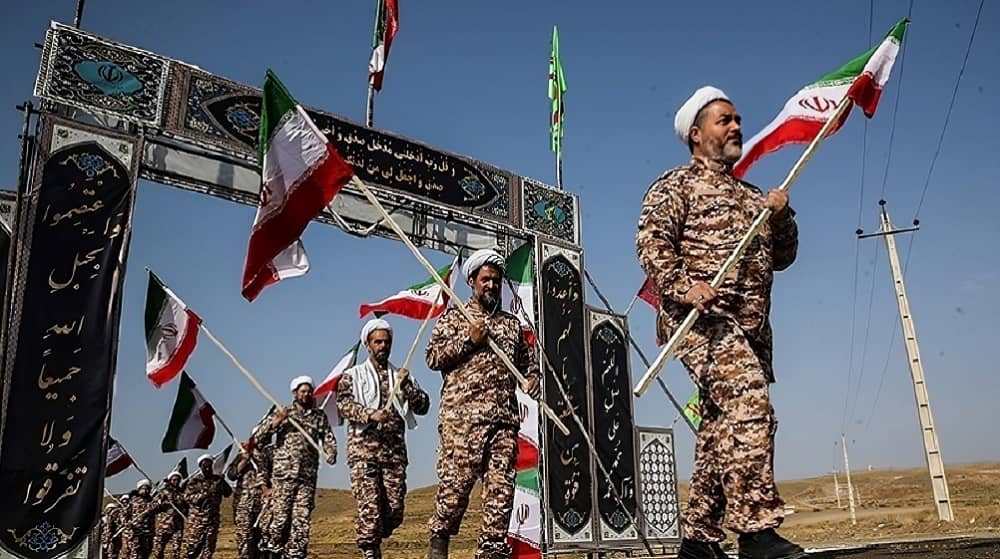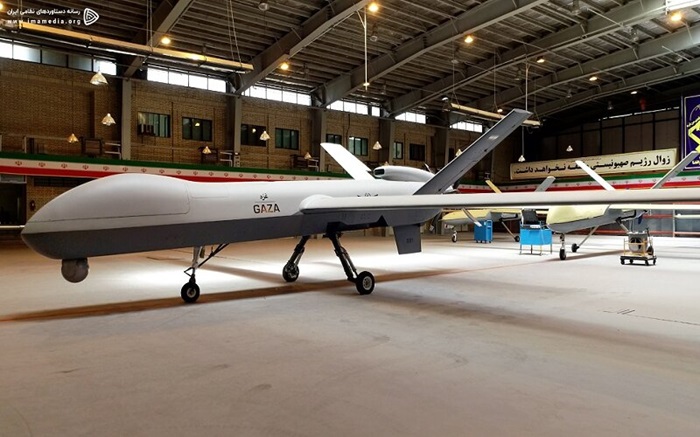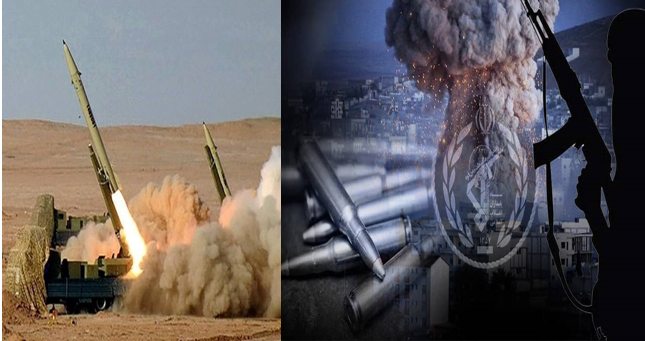
This action was in retaliation to the Houthi’s continuous attacks on commercial and coalition warships in the Red Sea. The strikes, which hit 60 targets at 16 different sites, have been deemed successful by American and British officials in hindering the Iran-backed group’s capacity to threaten maritime security.
The Pentagon, while acknowledging the operation’s success, has not ruled out the possibility of the Yemeni militants’ resurgence and stands ready for further actions if necessary. This readiness was underscored by a recent event on Monday, January 16, when Houthi rebels struck a U.S.-owned ship in the Gulf of Aden, following an attack on an American destroyer in the Red Sea.
The series of maritime attacks by the Houthis forms part of a larger pattern of over 100 assaults since mid-October by Iran-backed groups in Iraq and Syria on coalition military assets. These attacks often employ one-way attack drones, a type increasingly present in the Iranian arsenal.
Iran has faced international condemnation for allegedly supplying these drones to Russia for the Ukrainian war, a claim it denies despite evidence of Iranian manufacture found in attack sites across Ukraine, Saudi Arabia, and other regions. Additionally, Tehran’s capture of a Greek-owned oil tanker earlier this month has further complicated the maritime security situation.
Why Firmness Will Prevent War with #Iranhttps://t.co/k4SwUpabzi
— NCRI-FAC (@iran_policy) January 15, 2024
Initially, Houthi attacks were perceived as targeting ships with significant Israeli connections. However, this focus has broadened to include any vessels heading to or from Israeli ports, impacting global trade and economies. The unanimous absence of vetoes in the recent UN Security Council vote reflects the widespread concern over the Houthi threat.
In another development, the Islamic Revolutionary Guard Corps (IRGC) launched ballistic missiles into Iraq, near Erbil, targeting what they claimed were Mossad bases and anti-Iran terror groups in Syria, escalating regional tensions.
The U.S. and U.K.’s strike on the Houthis responded to their attack involving over 20 missiles and drones, likely supplied by Iran. Concurrently, reports from Ukraine suggest continued Iranian smuggling of weapons to Russia, including advanced missiles and drones designed for evading Western aerial defenses.
As the Middle East confronts increasing complexities, the Iranian regime, despite internal and external challenges, persists in its regional strategy. Western powers, underestimating Tehran’s survivalist motivations, might be misconstruing the nature of the threat. The evolving situation signals a critical juncture, demanding strategic decision-making to address a menace that has long been underestimated.
In a significant military operation, the United States and the United Kingdom, backed by several military partners, launched over 100 missiles targeting Houthi militants in Yemen early on Friday, January 12. This action was in retaliation to the Houthi’s continuous attacks on commercial and coalition warships in the Red Sea. The strikes, which hit 60 targets at 16 different sites, have been deemed successful by American and British officials in hindering the Iran-backed group’s capacity to threaten maritime security.
The Pentagon, while acknowledging the operation’s success, has not ruled out the possibility of the Yemeni militants’ resurgence and stands ready for further actions if necessary. This readiness was underscored by a recent event on Monday, January 16, when Houthi rebels struck a U.S.-owned ship in the Gulf of Aden, following an attack on an American destroyer in the Red Sea.
The series of maritime attacks by the Houthis forms part of a larger pattern of over 100 assaults since mid-October by Iran-backed groups in Iraq and Syria on coalition military assets.

Iran has faced international condemnation for allegedly supplying these drones to Russia for the Ukrainian war, a claim it denies despite evidence of Iranian manufacture found in attack sites across Ukraine, Saudi Arabia, and other regions. Additionally, Tehran’s capture of a Greek-owned oil tanker earlier this month has further complicated the maritime security situation.
Initially, Houthi attacks were perceived as targeting ships with significant Israeli connections. However, this focus has broadened to include any vessels heading to or from Israeli ports, impacting global trade and economies. The unanimous absence of vetoes in the recent UN Security Council vote reflects the widespread concern over the Houthi threat.

The U.S. and U.K.’s strike on the Houthis responded to their attack involving over 20 missiles and drones, likely supplied by Iran. Concurrently, reports from Ukraine suggest continued Iranian smuggling of weapons to Russia, including advanced missiles and drones designed for evading Western aerial defenses.
As the Middle East confronts increasing complexities, the Iranian regime, despite internal and external challenges, persists in its regional strategy. Western powers, underestimating Tehran’s survivalist motivations, might be misconstruing the nature of the threat. The evolving situation signals a critical juncture, demanding strategic decision-making to address a menace that has long been underestimated.

MEK Iran (follow us on Twitter and Facebook), Maryam Rajavi’s on her site, Twitter & Facebook, NCRI (Twitter & Facebook), and People’s Mojahedin Organization of Iran – MEK IRAN – YouTu







